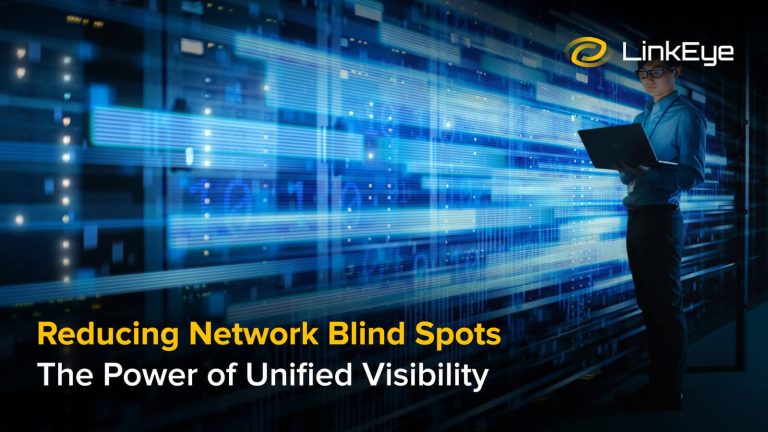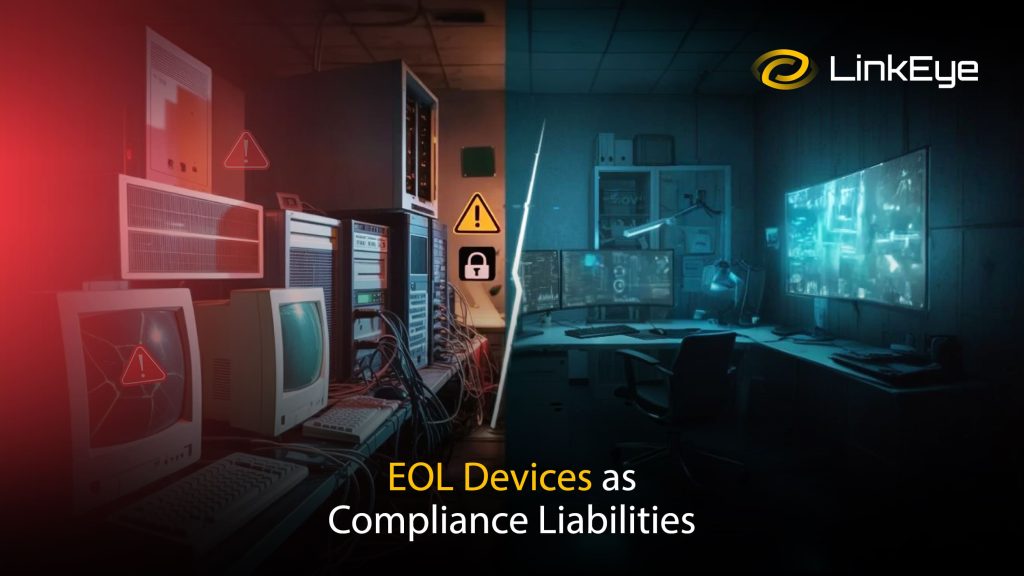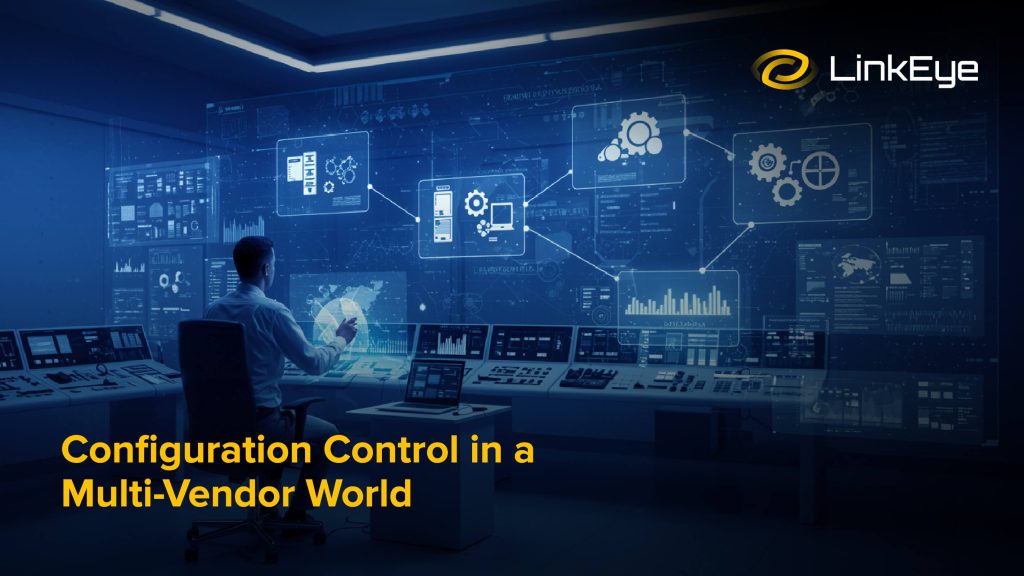The Expanding Challenge of Network Blind Spots
According to research conducted by Broadcom, 69% of organizations report that internet and cloud environments create network blind spots, often leading to delays in issue remediation. Furthermore, 84% of network professionals indicated they regularly learn about issues from users, highlighting a reactive approach to network management. The complexity is further compounded by the adoption of multi-cloud environments. This fragmented approach hampers the ability to gain comprehensive visibility, making it challenging to detect and resolve issues promptly. (Source: “IT and Network Visibility Gaps Survey”, OpsMatter, 2023)
Consider the reality for modern network teams: juggling telemetry data from disparate tools often means losing time and context when diagnosing issues. For example, if a packet loss issue occurs between a cloud-hosted API and a legacy on-prem service, identifying the root cause without cross-domain visibility could take hours or even days. These blind spots don’t just obscure technical anomalies, they impact SLAs, user experience, and business continuity.
Additionally, different teams such as network ops, DevOps, security, SREs, often operate with their own visibility silos. When each team views the network through a separate lens, collaboration slows, response times lag, and accountability gets muddled.
The Business Implications of Limited Visibility
Network blind spots are not just technical concerns; they have tangible business repercussions. IBM’s research indicates that the average cost of a data breach in 2020 was $4.24 million, emphasizing the financial risks associated with inadequate network visibility. (Source: IBM Cost of a Data Breach Report 2023)
Moreover, a reactive network management posture often leads to higher operational overhead. Teams spend more time correlating logs, attending war rooms, or implementing temporary fixes rather than building resilient systems. Visibility gaps also create blind faith in the status quo, until a breach, an outage, or a compliance audit exposes the weaknesses.
Broadcom’s study found that 41% of organizations face challenges due to a lack of needed skillsets, and 65% rely on third-party resources for network operations. This adds a layer of complexity: outsourced teams working with fragmented tools and delayed data reduce internal visibility further, making accountability and root cause analysis even harder.
Unified Visibility: A Strategic Imperative
Modern networks spanning across ISPs, campus LANs, remote devices, and cloud services lead to fragmented monitoring across these layers and give rise to reactive fixes. To address these challenges, organizations are increasingly turning to unified visibility solutions.
LinkEye addresses these challenges and delivers thorough, actionable insights across the entire network stack by consolidating data across platforms, providing a holistic view of the network, enabling proactive issue detection and resolution.
Visibility starts at the edge, with your ISP uplinks
These often become weak points under load or failure, causing a domino effect on performance. LinkEye ensures these uplinks are continuously monitored and any instability is flagged immediately. When an issue occurs, automated workflows are triggered to accelerate response and resolution. Teams also gain access to detailed analytics for better provider accountability.
Key capabilities include:
- Real-time detection of downed or flapping ISP links
- Automated diagnostics and smart ticketing with ISPs
- SLA tracking to ensure compliance
- Bandwidth, latency, and jitter analytics for proactive planning
The campus LAN and Wi-Fi environment
Within this environment, the challenge shifts to managing complexity. Switches, routers, access points, and controllers must be tracked, maintained, and secured without overwhelming the network team. LinkEye simplifies this through automated discovery and visualization, giving IT a live view of all connected assets and their configurations.
Key features supporting this layer include:
- Auto-discovery of devices using SNMP and APIs
- Dynamic topology maps for better network planning
- Scheduled config backups and change tracking
- Lifecycle tracking for end-of-life or end-of-support devices
- CVE-based vulnerability insights for network-wide security
Unified visibility and User Experience
When someone complains that “the internet is slow,” teams can look beyond logs from endpoint health to app responsiveness to assess what the user is experiencing. LinkEye enables synthetic testing and device-level diagnostics to make troubleshooting faster and more data-driven.
Capabilities that enhance end-user visibility:
- Endpoint health monitoring (CPU, memory, Wi-Fi signal)
- Synthetic app testing for responsiveness and availability
- TCP and DNS diagnostics, plus real-time speed tests
- Scheduled probes from any location
The Future of Network Visibility
As networks continue to evolve, the importance of unified visibility will only grow. Emerging technologies such as AI-driven analytics, predictive observability, and automation are poised to further enhance monitoring capabilities, enabling proactive responses and near real-time resolution.
But beyond tooling, the strategic shift is toward network observability as a business enabler. Organizations that treat visibility as part of customer experience, regulatory compliance, and innovation readiness, will be best positioned to navigate complexity.
Unified visibility is no longer a nice-to-have. It’s an operational imperative and a competitive advantage.
















